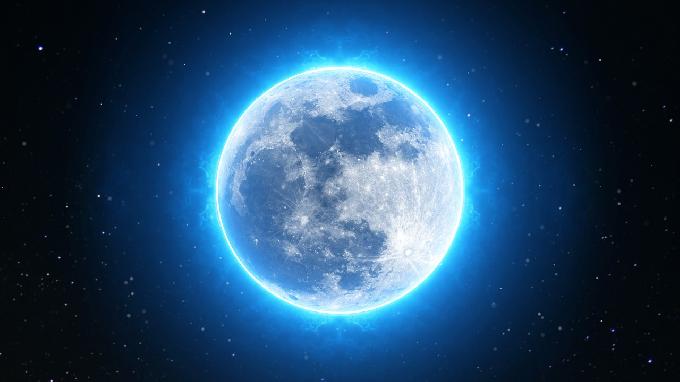Geochemists from the University of California at Los Angeles have found evidence that life likely existed on Earth at least 4.1 billion years ago, which is 300 million years earlier than previous research suggested.
Previously, it was understood that life on Earth began shortly after the massive bombardment of the inner solar system from space that also formed the moon’s craters 3.9 billion years ago.
Life began almost instantaneously after Earth was formed
The researchers made the discovery studying specks of graphite trapped in zircon crystals found in Jack Hills in Western Australia.
Zircons are heavy, durable minerals originally formed from molten rocks. Zircons capture and preserve their immediate environment which has led researchers to nickname them ‘time capsules.’
The carbon contained in zircon has a characteristic signature; a specific ratio of carbon-12 to carbon-13 is associated with living things.
One of the zircons that were analyzed contained graphite, which is pure carbon. The graphite is older than the zircon containing it, the researchers said. They know the zircon is 4.1 billion years old based on its ratio of uranium to lead.
The scientists, led by Dr. Mark Harrison, said that the graphite had been completely enclosed in the crystal, which was crack-free and so could not have been contaminated. The first time that the graphite ever got exposed in the last 4.1 billion years was when scientists made the measurement.
They wrote: “This study extends the terrestrial carbon isotope record around 300m years beyond the previously oldest-measured samples from south-west Greenland.”







